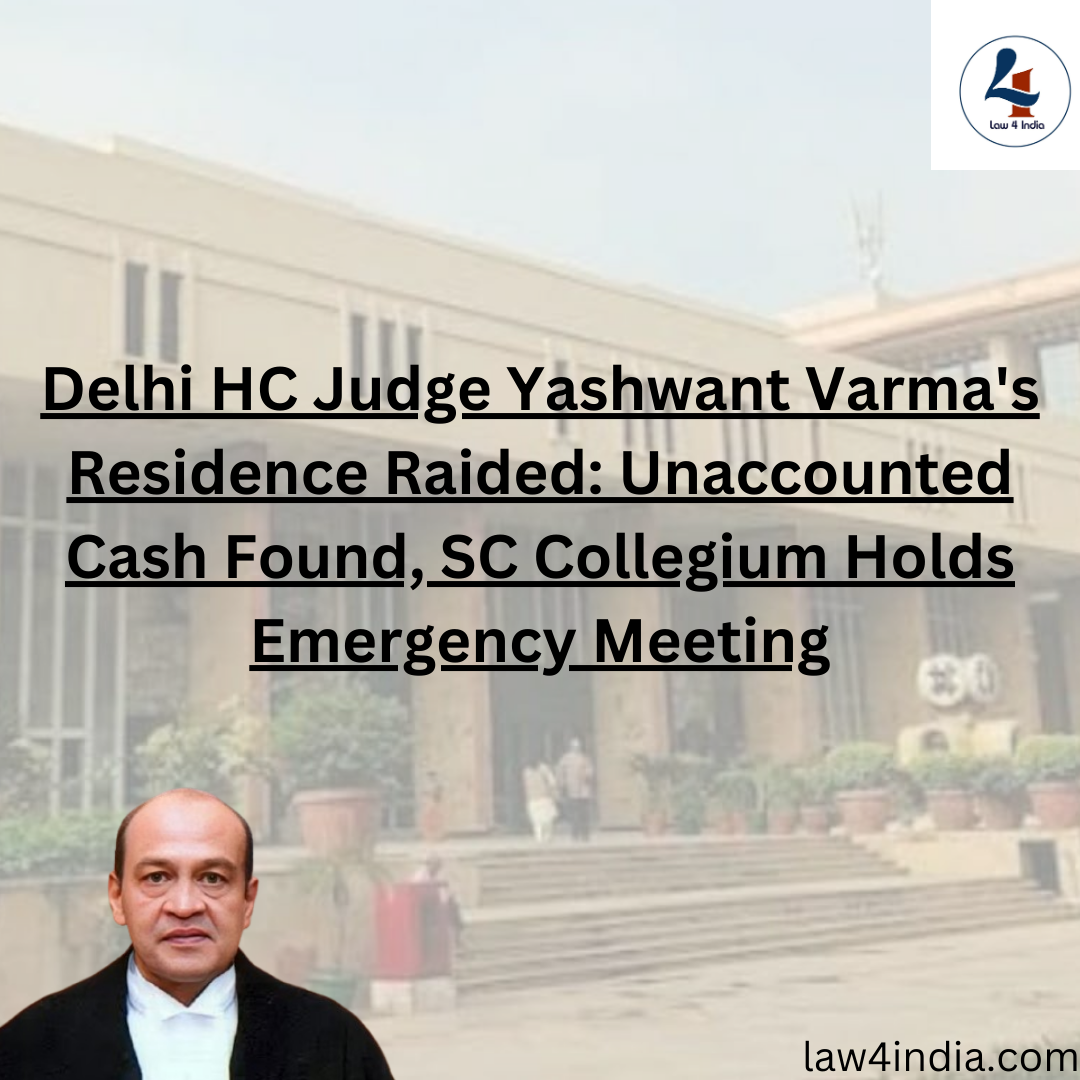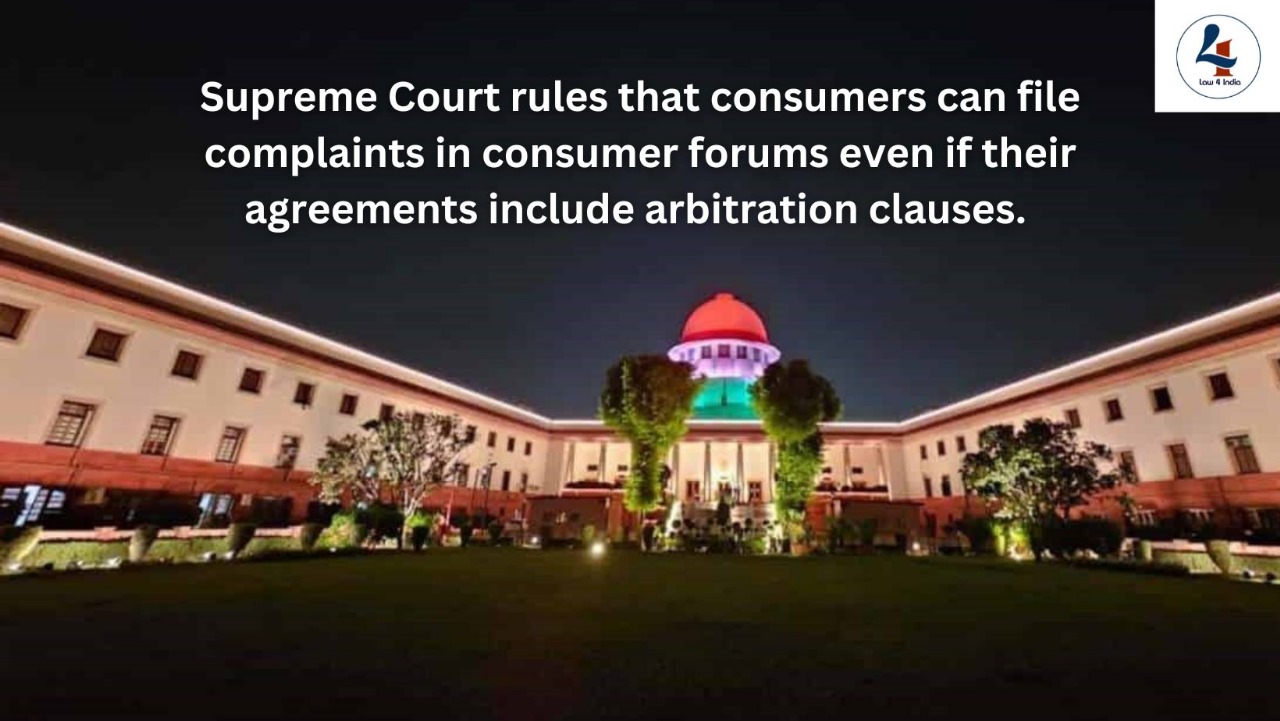-By Subhrodeep Maiti
The recent events relating to a judge of the High Court of Delhi delivered a shock to the Indian judicial system and legal community. A considerable amount of undisclosed money has reportedly been discovered at the official residence of Justice Yeshwant Verma,giving rise to serious questions on judicial accountability and probity and prompted the Supreme Court Collegium to act with dispatch.
According to reports, the incident began with a fire at his residence. While dealing, to the utter shock of firefighters, they found vast sums of money hidden in various locales of the home. Presumably, Justice Verma was not at his residence when the firefighters found the money, to which they took photos and recordings of the hoard and reported it to their seniors. Subsequently it was reported it to higher authorities including the Chief Justice of India (CJI), Sanjiv Khanna.
Acknowledging the seriousness of this situation, the Supreme Court Collegium called for an extraordinary meeting to further discuss the issue. According to the reports, the SC Collegium has resolved to return Justice Verma to the Allahabad High Court, where he served before being transferred to the Delhi High Court in 2021. This course of action of the Collegium shows the seriousness of maintaining the integrity of the judiciary. Concerns and arguments have legitimately followed the emergence of this discovery. Senior Advocate Arun Bharadwaj voiced his complaint, alleging a duty of the relevant judicial authority to address the matter administratively and take action to ensure that such events did not occur in the future. The Chief Justice of the Delhi High Court, DK Upadhyay, was also aware of the nature of the circumstance and emphasized a need for transparency, accountability, and responsible account.
The conduct has also raised questions on the processes used to investigate claims of misconduct against judges. The Supreme Court has its own internal process to investigate serious allegations in order to improve accountability. Although still a relatively new internal process, the Supreme Court has established the use of a fact-finding committee, who would be tasked with recommending whether the judge should be involuntarily retired or impeached based on the severity of their findings.
The transfer of Justice Verma is an important step but some legal scholars have said that it might not be enough, and asked for stiffer consequences-such as resignation. The requests for a complete investigation into the misconduct along with measures to correct judicial misconduct is getting more emphatic. The episode is an important reminder of the necessity for stringent checks and balances in the judiciary which is an aim of keeping its sanctity. As the incidents unfold, it is still to be seen what actions the parties will take to address the allegations and begin the process of restoring the public trust in the judiciary. The legal community and the citizens will be watching closely to see how this work is being done, and that the process will be just, moral, and accountable.




